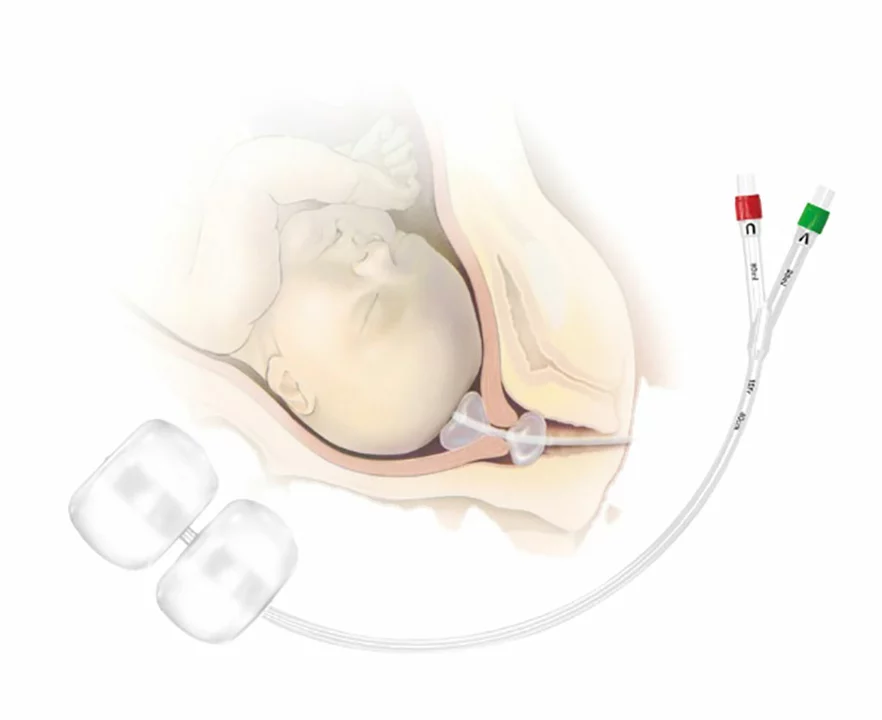Labor Induction: What Exactly Is It and When Is It Used?
Labor induction is the process of helping start labor artificially when it doesn’t begin on its own or if continuing the pregnancy poses risks. Doctors might suggest induction for various reasons like going past your due date, water breaking without contractions, or health concerns for mom or baby. It’s pretty common, and understanding what’s involved can help you feel more confident if your doctor recommends it.
How Do They Induce Labor?
There are a few ways labor gets induced, and the method depends on factors like how ready your body is and your overall health. Some common methods include:
- Medications: Drugs like oxytocin can be given through an IV to encourage contractions. Others soften the cervix to get it ready.
- Membrane sweeping: This is a manual way doctors try to release natural hormones that trigger labor by sweeping around the cervix.
- Breaking the water: Also called amniotomy, this is when the doctor breaks the water sac to kickstart contractions.
Each method has its pros and cons, and your care team will choose the safest and most effective option for your situation.
What Should You Expect During Induction?
Once labor starts, induction often feels similar to natural labor but can be more intense or faster. You’ll be monitored closely to keep tabs on your baby’s response and your progress. Some people find induction easier since it’s planned, while others feel it’s more stressful. Knowing what to expect helps, so ask questions like how long it might take, pain management options, and signs that labor is progressing well.
Induction is a tool to support your safe delivery. It’s not risk-free, but with good medical care, it’s often just what’s needed to get things moving and ensure health for you and your baby. If you’re facing induction soon, keep in touch with your healthcare provider and share any concerns openly. It’s your birth experience, and understanding this step helps you stay in control.

The Benefits of Misoprostol in Cervical Ripening and Labor Induction
As a blogger, I've recently come across the numerous benefits of Misoprostol in the process of cervical ripening and labor induction. Misoprostol, a prostaglandin E1 analog, has been proven to be highly effective in softening the cervix, thus making it easier for labor to progress. It's not only a cost-effective option, but it's also easily administered, making it a popular choice among healthcare professionals. Furthermore, it has been associated with reduced cesarean rates and shorter labor duration. Overall, Misoprostol is a game-changer in the world of obstetrics, providing a safe, efficient, and affordable option for labor induction.
Continue Reading

